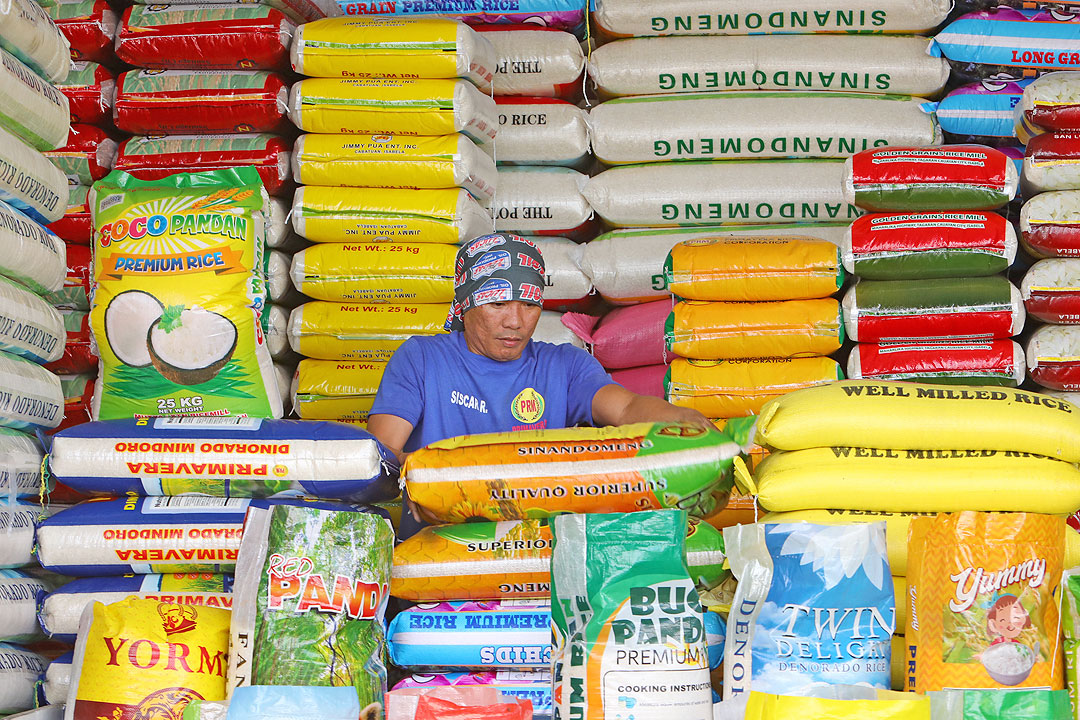Romualdez pledges funding for P20-per-kilo rice program in 2026

THE House of Representatives will ensure ample funding for the Marcos administration’s subsidized P20-per-kilo rice program in the 2026 national budget to ensure its sustainability, Speaker Ferdinand Martin G. Romualdez said on Sunday.
The chamber is also looking at ways to merge existing social welfare and financial aid programs into a unified rice assistance fund, aiming for an efficient and transparent rollout of subsidized rice while preventing corruption and misuse, he added.
“We will allocate the necessary funds to scale this program nationwide through the 2026 General Appropriations Act,” Mr. Romualdez said in a statement.
He said that they are also considering the use of other “targeted subsidy programs as complementary channels to reach the near-poor and vulnerable.”
The government last week started selling P20-per-kilo rice in some state-subsidized mini-markets, which would run until December this year, according to a Presidential Communications Office statement.
Only low-income families, senior citizens, solo parents and persons with disabilities could avail the subsidized rice for now.
President Ferdinand R. Marcos, Jr. campaigned in 2022 on a pledge to lower rice prices to P20-per-kilo, but the early years of his administration have been marked by a surge in the cost of rice.
The timing to push the P20-per-kilo of rice policy is “a bit suspect,” said Arjan P. Aguirre, who teaches political science at the Ateneo de Manila University.
“We cannot blame people to question the motivation here since we are expecting Mr. Marcos to be a lame duck President for the next half of his term,” he said in a Facebook Messenger chat.
Lawmakers should pursue structural reforms to address longstanding issues in the country’s agriculture sector, including the underdeveloped rice production industry and monopolies that constrain competition, he added.
“We need a more serious set of responses or strategies to address the longstanding problem of the weak agricultural sector in the Philippines.”
PRICE MONITORING
Meanwhile, more than 1,300 local government units (LGUs) across the Philippines reactivated their Local Price Coordinating Councils (LPCCs) in a nationwide effort to monitor commodity prices and curb inflationary pressure on rice, the Department of the Interior and Local Government (DILG) said on Sunday.
In total, 1,350 LGUs have revived their LPCCs, with 1,269 conducting regular market inspections, the agency said in a statement.
Additionally, 230 LGUs have tapped village officials and civil society groups to help track price fluctuations, while 1,201 have coordinated with national agencies to clamp down on hoarding and unjustified price increases.
The reactivation followed DILG Memorandum Circular 2025-044, which urged compliance with recommendations from the National Price Coordinating Council and supports the Department of Agriculture’s (DA) Bantay Presyo price monitoring program.
The LPCC, chaired by local mayors and governors, includes representatives from national agencies, consumer groups, and private sector stakeholders.
Councils are tasked with market surveillance and data-driven analysis of price movements to support interventions at the local level.
DILG said it is closely monitoring compliance nationwide to help stabilize food prices and ensure consumer protection.
Despite inflation rate slowing to 1.4% as of April 2025, from 1.8% in March, Filipinos still find essential goods, like the staple grain, expensive.
The councils are empowered to conduct market inspections, gather data on price trends, and recommend appropriate interventions in coordination with national agencies such as the DA, Department of Trade and Industry, and the Philippine National Police. — Kenneth Christiane L. Basilio and Chloe Mari A. Hufana



